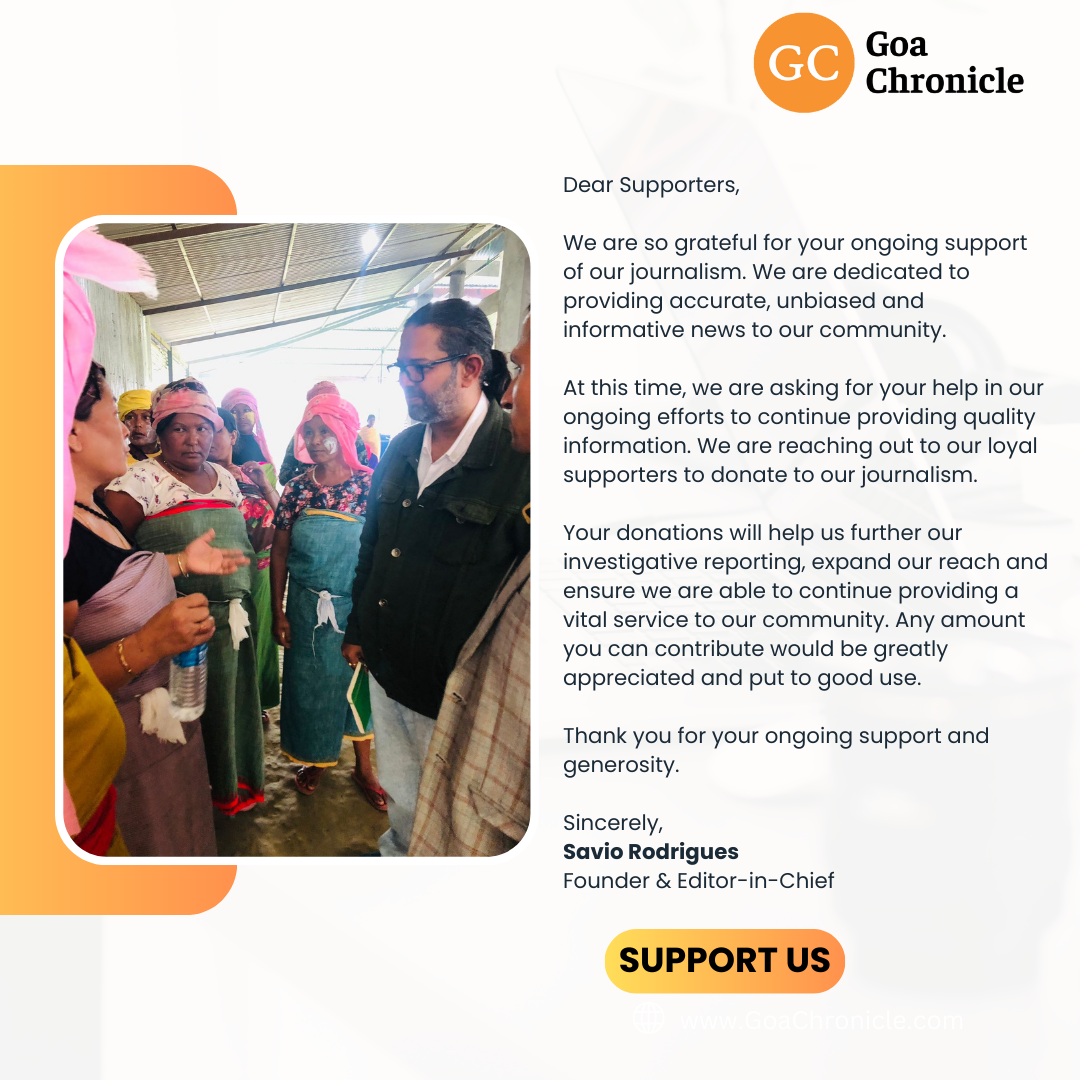Religious bigotry across practicing religions in India will be the bane of India. The bigotry will get worse when it will seep into our cultural identity.
In his research paper ‘Violence, Peace and Peace Research’, Norwegian sociologist Johan Galtung drew the world’s attention to conflict theory where when conflicting contradictions, behaviours, and attitudes exist, there lies conflict. The attitudes and contradictions among the sides of a conflict exist on the latent level and are not immediately visible to the eye, while behaviours are more visible evidence of the conflict.
India is not at peace. Peace is not the absence of conflict but the absence of violence in a time of conflict. And we are witnessing the advent of violent times while we as a nation are living in an era of religious conflict. Religious conflict is not new socio-political demon in India. It has existed and will continue to exist because we fail to see Indians as Indians but through the prism of our religious biases, which is the start point to the religious conflicts.
India is not yet the land for Indians, though it was meant to be, because It is still in a conflict. We opt not to look at the conflict even though we see the violence.
India is being torn apart by religious strife to become a Hindu Rashtra; or an Islamic Nation; or a Christian nation. Each religious institution and its religious propagator stirring the conflict, opines that their path is the nation’s future path.
Not one is thinking of India beyond religion. No one is focused on the Indian. Humanity is slowly being lost in the prevailing religious conflict that exists even though on the surface everything looks peaceful. The conflict in India is a ticking time-bomb to eruption of brutal religiously-driven violence. It is a matter time when the bomb is going to explode.
The conflict and its resulting violence are structural. The structural violence is built into the social structure. Societies are made up of systems. These systems include: laws and institutions established for enforcing them, economic systems such as the market, social inter-relationships, religious institutions and their workings. These systems interact with each other to create complex relationships of power. We can measure power in terms of access to resources, decision making, and opportunities. It is possible that the structures of a society are such that they result in the marginalisation of certain groups, or they discriminate against them. Such violence may or may not always be intended; however, it is a product of the existing structures of a society.
‘Sar Tan Se Juda’ slogans reverberating in certain part of India in religious protests and the ruthless enactment of the decapitating of the head of person who supported the alleged blasphemer of Prophet Mohammad, as India witnessed in the beheading of Kanhaiya Lal is a planned structural violence against the Hindus. Similarly, at the recent Hindu Mahasabha conference it was mooted that if 100 of Hindus become soldiers and are prepared to kill 2 million (Muslims), then Hindus will win, protect India, and make it a Hindu nation. That too is a structural violence against Muslims.
Some Hindu zealots in their efforts to stop conversions by Christian pastors attacked Christians going door-to-door as part of a preaching drive and set their religious books on fire. Some have even tried to storm a church in a few cases, chased pastors or priests with a machete. Again, it is nothing but structural violence in conflicting times.
This is structural violence too: A video clip that went viral, exposed a Christian missionary climbing up to the Adiyogi statue in Isha Yoga Centre, Coimbatore, Tamil Nadu, and screaming, ‘Neither Yoga, nor Yogi can liberate you from sins, only Jesus can’. In September 2018, Christian convert Mohan Lazarus called Hindu temples, “Satan’s strongholds”. Lazarus through his Tamil television channel Sathiyam TV is notorious for making insulting remarks against Hinduism and Hindus repeatedly, including respected Hindu spiritual leaders.
Social structures are exploited to inflict structural violence. And this gets further aggravated with culture violence. Cultural violence refers to the prevailing attitudes or beliefs used to legitimise violence of direct or structural nature. These include the prejudices or stereotypes existing in society, which have been internalised by individuals. The stereotypes find expression in the interactions people have with each other.
It is a cultural violence, when a man killed his minor daughter after he fought with his wife for not covering her face or wearing a “ghoonghat” in Rajasthan’s Alwar district. This happened in August 19, 2021 around the same time when there were debates on how the Taliban rule in Afghanistan would bring back those stringent rules against women. In another incident, a 17-year-old girl from Uttar Pradesh’s Deoria district was killed by her grandfather and uncles over wearing jeans in the village in July this year. The accused said it went against the culture and traditional norms for a girl to wear the “western attire”.
Similarly, in a horrific case in 2015, a four-year-old girl living in UP was thrashed to death by her father because she accidentally forgot to keep her hijab on while eating dinner. On the night of the incident, he saw his daughter eating while her ‘dupatta’ (scarf) had slipped from her head. He then allegedly thrashed her mercilessly, smashing her head against the floor until she was dead. After killing the child, the accused asked his wife to bury the daughter, but she refused and went to the police to file a complaint.
At a time in India when feminists are advocating the need for women to break free from the shackles of religious and caste-based oppression, Muslim women in India are fighting for their rights to wear a Hijab because they do not feel oppressed wearing and Hindu women are quiet and have accepted their ghoonghats.
In the infamous Bishop Franco Mulakkal case, some Christians resorted to character assassination of the sisters in the media. Someone even opined that the bishop and the nun had a relationship. The nun was bitter after bishop refused to pay attention to her anymore, so she decided to accuse him of rape. The leaders of the Catholic community rallied behind the accused Bishop; they even subtly alleged that the case was an attempt to denigrate the image of the Catholic Church in India by certain Hindu zealot organisations. Church leaders and laity targeted the 44-year-old nun and other nuns who supported her.
Interestingly at that point of time, some people from the Hindu community fought for the justice for the Catholic nuns. But in the recent case against Hindu Seer Shiva Murthy, same Hindu activists who mooted for punishment to the accused Bishop and even termed him as #RapistBishop decided to pussyfoot over the accusation under POCSO Act, pontificating that there are rising fakes cases and uttering abolute rubbish on national TV stating that minors could have been misled by the NGO trying to target Hindu sadhus and seers, as a Christian conspiracy against Hindus.
A crime is a crime. A religious leader or a religion’s supremacy does change the facts of the sexual abuse cases. But, the bias whether cultural, structural and religious makes one blind to the truth that we will accept the crime to be untrue, even if it is heinous. The tenets of the Constitution of India are relegated to the side when religious indoctrination and cultural appropriations takes centre-stage. And that happens because we are not thinking as Indians but people of our religious and cultural thoughts.
With each passing days, Indians are missing from India. We see a Hindu, Muslim, Christian or Sikh. We do not see the Indian. The Indian must not disappear in our overtly polarised atmosphere because if the Indian disappears, India will be divided on religious lines and the rise violence will be inevitable.
India continues to be in conflict. Conflict will cease to exist if we see each other as Indians first. Unfortunately the root cause for conflict in India is religion.
































